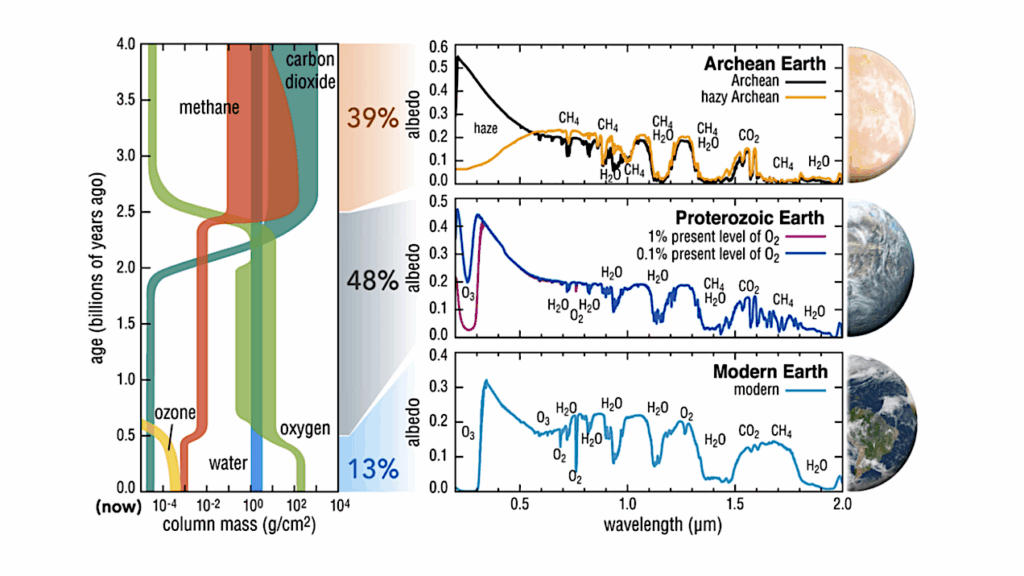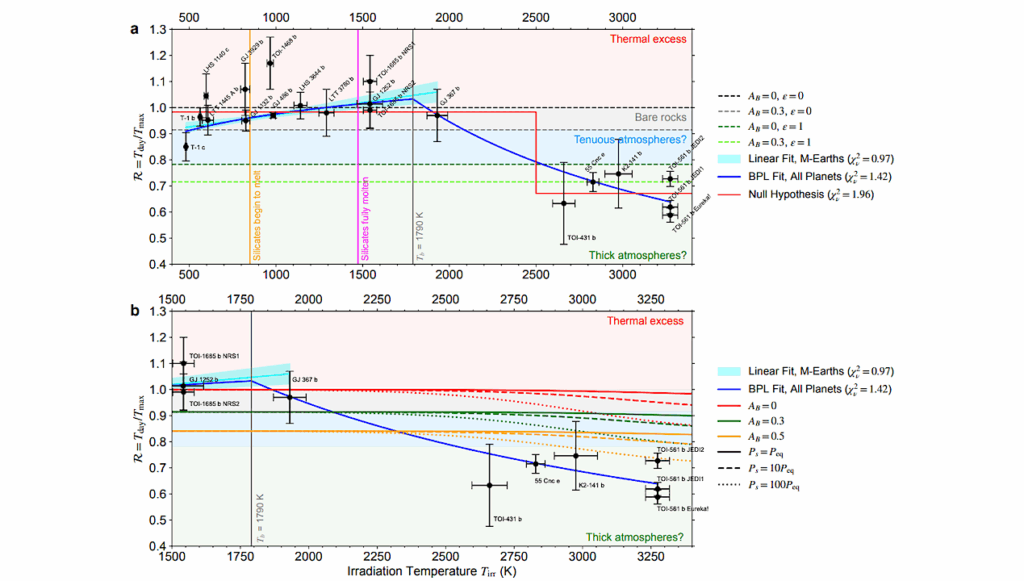Liquid Water On Cold Exo-Earths Via Basal Melting Of Ice Sheets

Liquid water is a critical component of habitability. However, the production and stability of surficial liquid water can be challenging on planets outside the Habitable Zone and devoid of adequate greenhouse warming.
On such cold, icy exoEarths, basal melting of regional, global ice sheets by geothermal heat provides an alternative means of forming liquid water. Here, we model the thermophysical evolution of ice sheets to ascertain the geophysical conditions that allow liquid water to be produced and maintained at temperatures above the pressure controlled freezing point of water ice on exoEarths. We show that even with a modest, Moon like geothermal heat flow, subglacial oceans of liquid water can form at the base of and within the ice sheets on exoEarths.
Furthermore, subglacial oceans may persist on exoEarths for a prolonged period due to the billion year half lives of heat producing elements responsible for geothermal heat. These subglacial oceans, often in contact with the planets crust and shielded from the high energy radiation of their parent star by thick ice layers, may provide habitable conditions for an extended period.
Lujendra Ojha, Bryce Troncone, Jacob Buffo, Baptiste Journaux, George McDonald
Subjects: Earth and Planetary Astrophysics (astro-ph.EP); Geophysics (physics.geo-ph)
Cite as: arXiv:2212.03702 [astro-ph.EP] (or arXiv:2212.03702v1 [astro-ph.EP] for this version)
https://doi.org/10.48550/arXiv.2212.03702
Focus to learn more
Journal reference: Nat Commun 13, 7521 (2022)
Related DOI:
https://doi.org/10.1038/s41467-022-35187-4
Focus to learn more
Submission history
From: Lujendra Ojha
[v1] Wed, 7 Dec 2022 15:22:25 UTC (968 KB)
https://arxiv.org/abs/2212.03702
Astrobiology,








